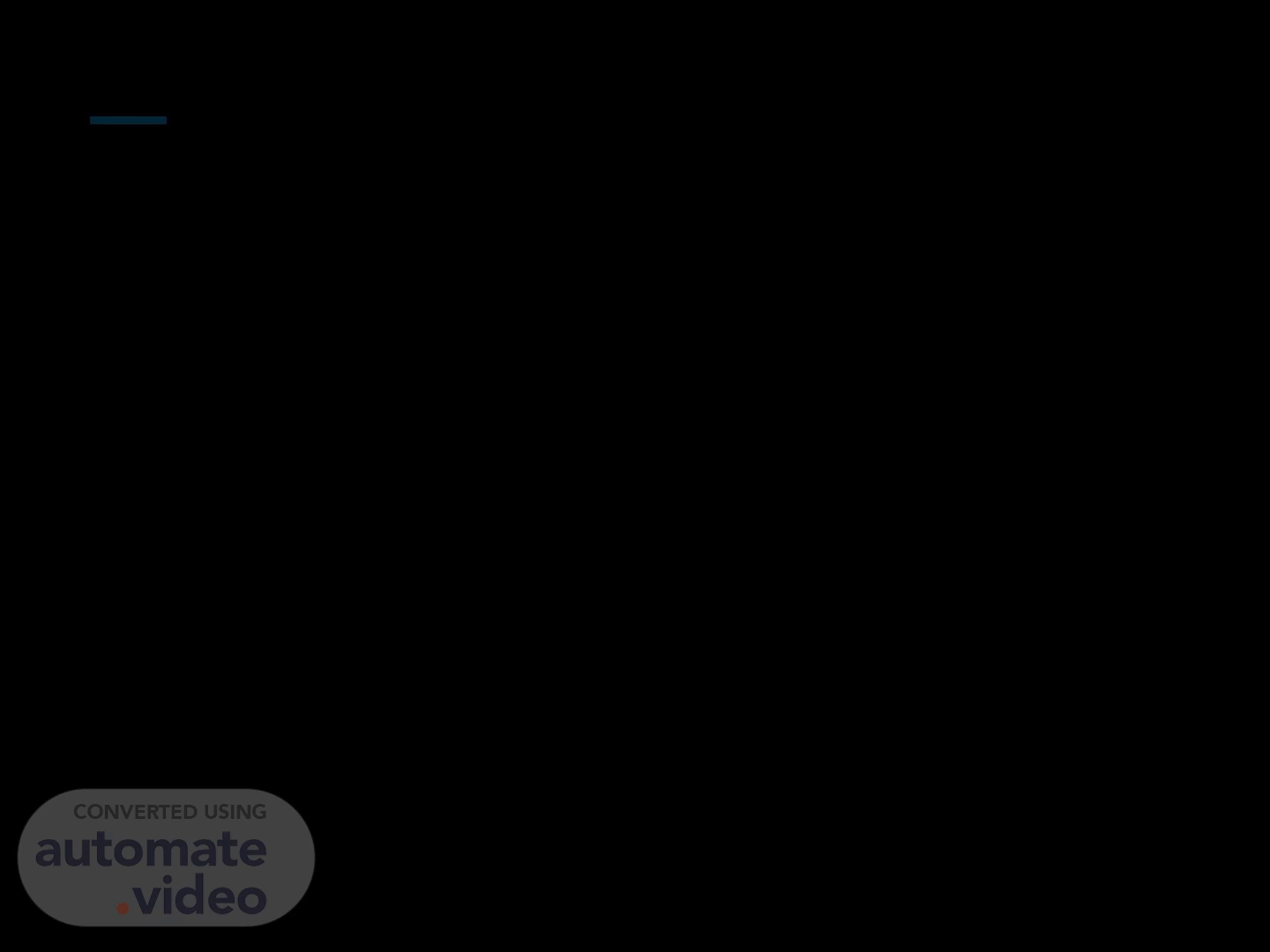
Page 1 (0s)
Throwing empty plastic bottle into the rubbish. "Revive, Reuse, Recycle: Plastic's Second Chance for a Sustainable Tomorrow!".
Page 2 (12s)
Light bulb on green grass. Problem Statement & Idea.
Page 3 (48s)
Graphs on a display with reflection of office. Competitor Analysis.
Page 4 (1m 6s)
Unique Selling Proposition. Our bricks are infused with plastic, which helps mitigate plastic pollution. Additionally, the plastic also binds the bricks’ materials strongly, leading to a strong brick. These bricks don’t make much pollution, are budget-friendly and reduces harm to the environment. Our bricks come in a wide variety of sizes, which can be useful for architects and engineers alike. A compatibility size is also available in case of any issues. Because we are using recycled materials, people will want to contribute to saving the Earth from pollution, hence buying our products..
Page 5 (1m 32s)
Target Audience. Our target audience is the whole building design & construction community. Our product is also appealing to those who want to be sustainable in building their houses. The sizes of our bricks are convenient to use with normal bricks, hence easy to use and adapt with..
Page 6 (1m 48s)
Estimating Market Size. Our product has very good potential to succeed in the market. Due to more people shifting towards sustainable items and a big boom in building houses for growing population, our product can be of use to both the categories. Approximately 1 billion bricks are used in making all the houses that are built in a year. Bricks cost somewhere around ₹8-30 so for all the bricks that are made, the cost would be around ₹9-31 billion. If our brick costs less than the current market price, then many people will shift to the cheaper brick. This makes our brick's market very big and we will be able to expand more into different items like building panels etc..
Page 7 (2m 13s)
Financial projections. The pricing of the items of our brick is as follows:- Red soil – ₹0.4/kg Waste plastic – ₹12/kg Cow dung – ₹2.8/kg Fly ash – ₹2/kg Straw – ₹6.5/kg This is the amount of material we will use to make one brick:- Red soil – 1.75kg Waste plastic-100g, 0.1kg Fly ash – 150g, 0.15kg Cow dung – 150g, 0.15kg Straw – 100g, 0.1kg.
Page 8 (2m 33s)
This is a graphical representation of the composition of our bricks:-.
Page 9 (2m 48s)
The cost of making one brick will be:- Red soil – 1.75kg x ₹0.4 = ₹0.7 Fly ash – 0.15kg x ₹2 = ₹0.3 Cow dung – 0.15kg x ₹2.8 = ₹0.42 Straw – 0.1kg x ₹8 = ₹0.8 Waste plastic - 0.1kg x ₹12 = ₹1.2 Total-₹3.42/brick Adding other costs, the actual price of a brick is about ₹4. If we sell it at a cost of ₹5, we can get a profit of ₹1 per brick. Even then, our bricks are cheaper than conventional bricks by ₹1. This adds up quickly when there is a mass order. A shipment of 1,000 of our bricks will cost approx. ₹1,000 cheaper than ordinary bricks. In this case, we will be earning ₹1000 as profit for our shipment..